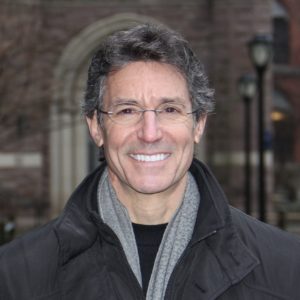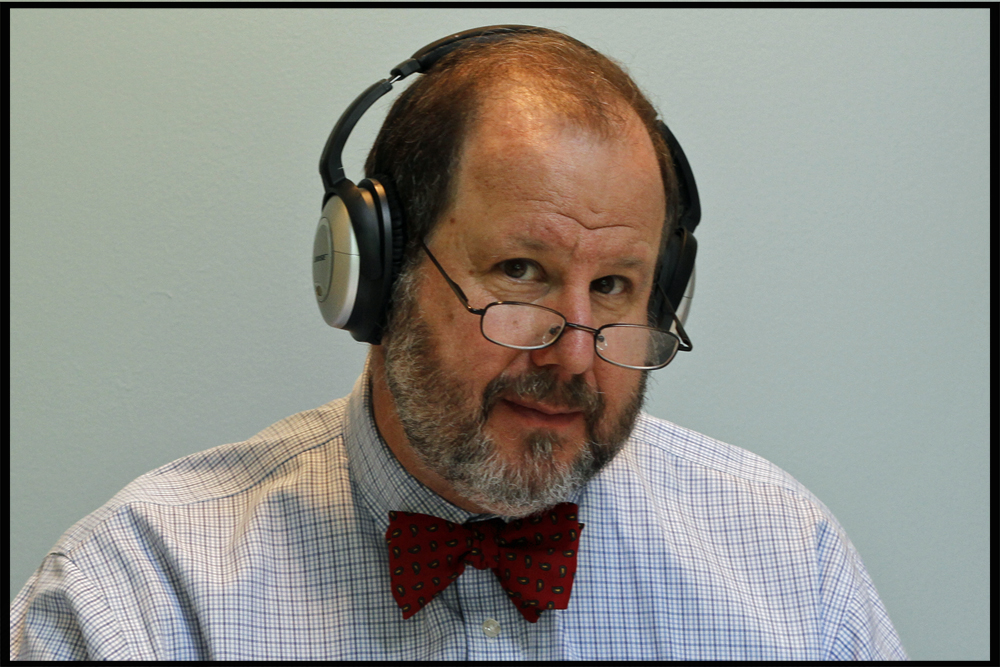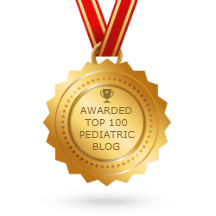
Podcast: Play in new window | Download
Over the next few weeks, I will be doing a deeper dive into the world of eczema or atopic dermatitis. In the greek language where we derive many of our medical terms, eczema is spelled ἔκζεμα or ékzema which means to bubble up. This weeks podcast guest is Dr. Ana Maria Temple, an expert in eczema. We go all over the place in the pod and it is so worth your time if your child suffers from eczema.
Eczema is a multifactorial skin condition that affects millions worldwide, manifesting as red, itchy rash due to inflamed skin. Its prevalence has been steadily rising, particularly in industrialized nations, which suggests a complex interplay of genetics, environmental factors (epigenetics), and immune dysregulation. As we unpack the root causes of eczema over the coming weeks, an integrative functional medicine approach highlights not only the “what” but the “why” behind this condition—providing opportunities for both prevention and healthier management…..plus a section on Skin pH.
Dr. M





















